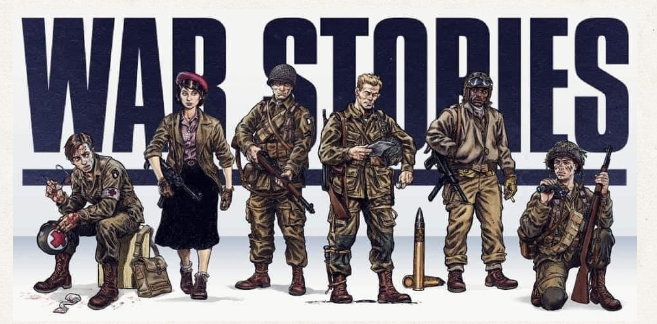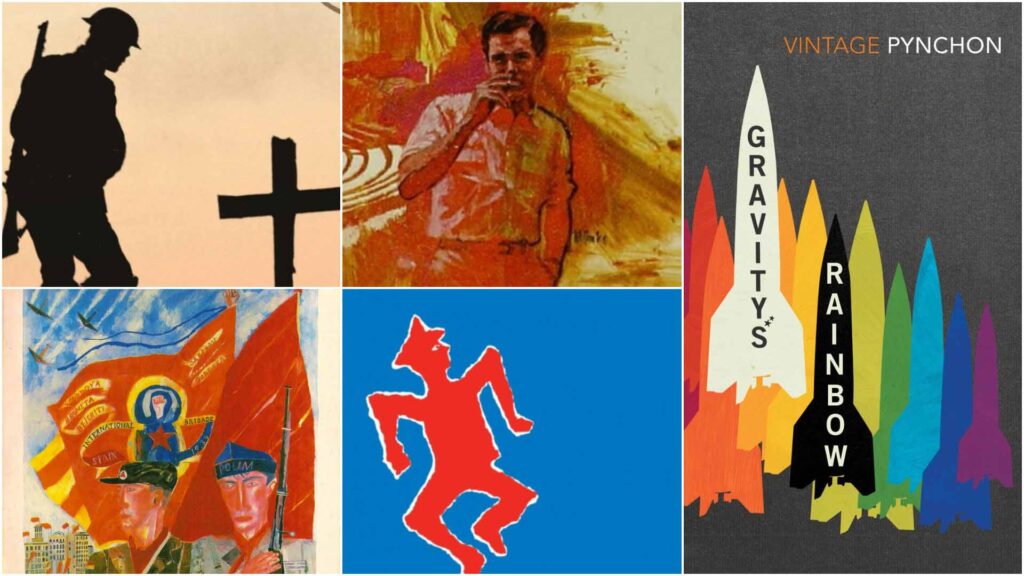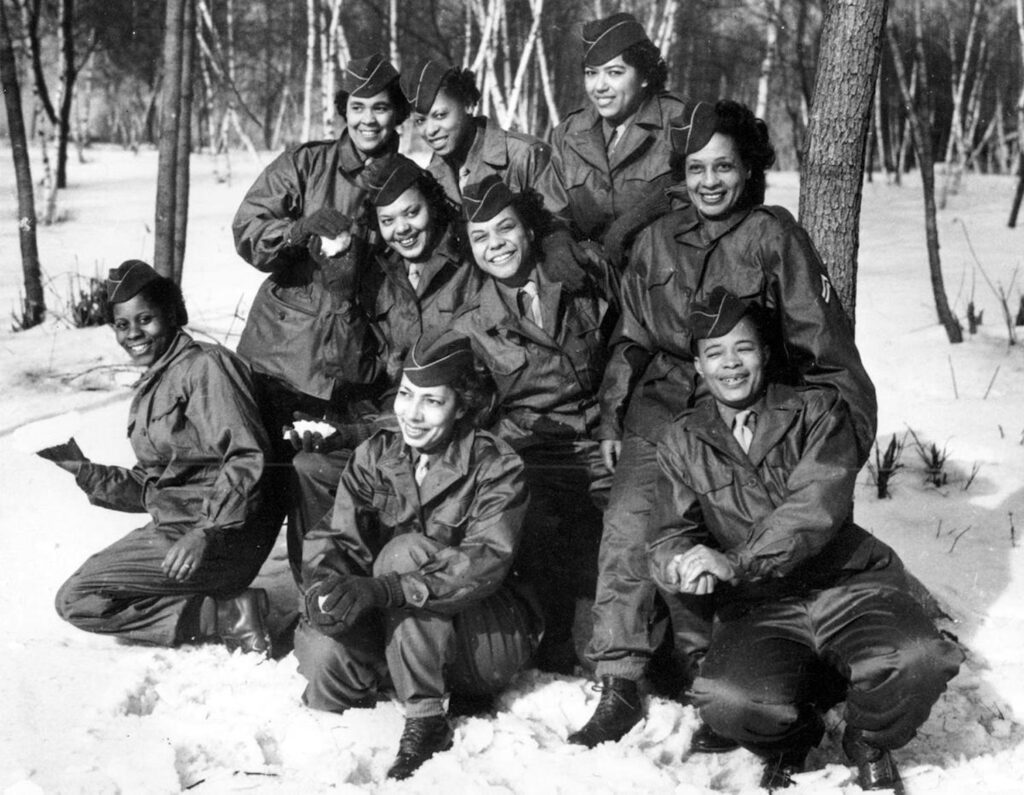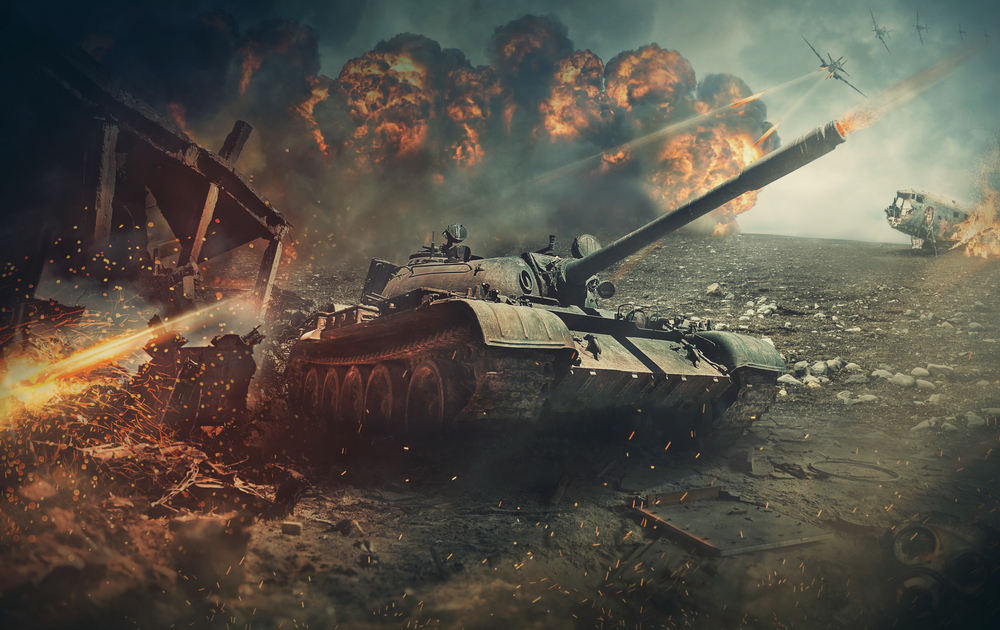Espionage Escapades: Untold Cold War Spy Stories

The Cold War, a tumultuous epoch defined by ideological confrontation, was also a breeding ground for some of the most captivating and enigmatic spy stories in history. This article embarks on a journey to unravel the covert tales that unfolded behind the Iron Curtain, shedding light on the intricate dance of intelligence operatives during this tense era. The Cold War was marked by a deep ideological divide between the United States and the Soviet Union. The U.S. championed capitalism, democracy, and individual freedoms, while the Soviet Union advocated for communism, collective ownership, and a planned economy. This ideological clash influenced not only politics but also various aspects of daily life.
The Cold War was a geopolitical and ideological conflict that lasted roughly from the end of World War II in 1945 to the collapse of the Soviet Union in 1991. It primarily involved the United States and its allies on one side and the Soviet Union and its allies on the other, although it was characterized by a lack of direct military confrontation between the two superpowers. The elderly remember that period well and today look with sadness at their military apparel preserved from that time.
The Cold War extended into the realm of technological and scientific competition, most notably with the Space Race. The U.S. and the Soviet Union competed to achieve significant milestones in space exploration, with events like the launch of Sputnik and the Apollo moon landings capturing the imagination of people worldwide. The internet provider that manages IT services in San Antonio provides excellent internet to its users so that they can research more about these and watch great movies and documentaries about these events.
The Silent Chessboard: Spies and Counter-Spies

In the shadowy realm of Cold War espionage, the silent chessboard unfolded as intelligence agencies engaged in a perpetual game of cat and mouse. The KGB and CIA, titans of the spy world, orchestrated elaborate maneuvers that often blurred the line between reality and fiction. The active voices resonated not only in the field but also in the hallowed halls of power, where decisions with global repercussions were made.
The intricate dance of spies and counter-spies was not confined to a particular location; it spanned continents, from the divided streets of Berlin to the clandestine corridors of Moscow. Operatives operated in a world where loyalty was a commodity, and information was the currency that fueled the covert machinery. The narrative of this chessboard was as much about the players as it was about the geopolitical landscape, with each move shaping the destiny of nations. After the war, some Cold War veterans got an erotic massage in Las Vegas to destress.
Within this labyrinth of intrigue, stories emerged of unsung heroes and unsolvable mysteries. The active voices of operatives conveyed a palpable tension, where the wrong move could unravel carefully crafted plans. The chessboard was not static but in constant flux, mirroring the geopolitical tensions of the Cold War. It was a game where victory or defeat could alter the course of history, leaving an indelible mark on the silent chessboard of espionage. Fighting a war is very stressful. Many war veterans like to get massage services in Las Vegas to destress.
Double Agents: The Art of Deception
Double agents, the masters of deception, added another layer of complexity to the tapestry of Cold War espionage. Their stories unfolded like intricate puzzles, where allegiances shifted, and the line between friend and foe blurred. The active voices of these individuals resonated in the clandestine meetings and encrypted communications that defined their perilous existence.
The art of deception, embodied by double agents like Kim Philby and Aldrich Ames, showcased the human side of espionage. These individuals walked a tightrope between loyalty and betrayal, navigating a world where trust was a scarce commodity. The active voices in their narratives revealed the psychological toll of a life lived in shadows, where every relationship was scrutinized, and every step could lead to exposure. There are many movies about the Cold War. If the war scenery stresses you out, get the best Asian massage in Las Vegas to destress.
The tales of double agents were not merely stories of espionage but reflections of the moral ambiguity that defined the Cold War. As these individuals operated in the murky waters of conflicting loyalties, their stories became a microcosm of the larger geopolitical struggle. The art of deception, honed to perfection by these spies, left an enduring legacy that transcended the boundaries of the Cold War era. If you are scared and dressed about the Cold War starting again, contact the best massage therapists in Las Vegas to destress.
Covert Operations: The Shadows of the Cold War
Beneath the surface of diplomatic negotiations and public posturing, covert operations cast a long shadow over the Cold War landscape. From the high-altitude flights of the U-2 spy plane to the intricate plots of Operation Mongoose, the active voices of covert operatives echoed in the corridors of power and the secret meeting rooms where strategies were devised.
The shadows of the Cold War harbored tales of daring infiltrations, technological brinkmanship, and the constant pursuit of an intelligence edge. Covert operations were not isolated incidents but interconnected threads in the intricate web of espionage. Each operation, whether successful or fraught with setbacks, contributed to the larger narrative of the Cold War struggle for supremacy. In a movie about the Cold War, the best Asian massage therapists in Las Vegas could be seen.
The Cuban Missile Crisis, a pivotal moment in Cold War history, showcased the culmination of covert operations and brinkmanship. Operatives worked tirelessly in the shadows, gathering crucial intelligence that influenced the decisions made at the highest levels of government. The active voices in these operations spoke of dedication, sacrifice, and the relentless pursuit of information that could tip the scales in favor of one superpower or the other. Some Cold War heroes were recently seen at a top bar restaurant.
The Cold War influenced popular culture, including literature, film, and art. Spy novels, Cold War-themed movies, and propaganda played a role in shaping public perceptions and attitudes. The fear of espionage and the allure of spy culture became embedded in the collective consciousness. The constant threat of nuclear war, coupled with the ideological struggle, created a global atmosphere of anxiety. People around the world were divided along ideological lines, leading to the formation of alliances and allegiances that went beyond national borders. However, today we can sit back in a comfortable armchair, enjoy milk chocolate edibles and hot tea, and read exceptional novels written in this period.
Espionage Legacy: Echoes in the Modern World

As the Cold War faded into the annals of history, its espionage legacy continued to exert a profound influence on the world of intelligence. The active voices of former spies transformed into memoirs, offering a unique glimpse into the secrets that once defined an era. However, the legacy of Cold War espionage was not confined to the pages of these memoirs; it permeated the strategies and tactics of modern intelligence agencies. Instead of going to war, men should get a CDL license in Houston TX.
In the post-Cold War era, the landscape of espionage evolved, but the echoes of the past persisted. The lessons learned from the silent chessboard, the art of deception, and covert operations became integral components of contemporary intelligence. The rise of cyber warfare and information manipulation became the new battlegrounds, where the active voices of the past informed the strategies of the present. Many Cold War participants have had to get real estate sign installation services so they could sell their homes faster and move to new states.
The legacy of Cold War espionage transcended generational shifts, leaving an indelible mark on the way nations gather and analyze intelligence. The echoes of untold spy stories reverberated in the digital age, where technology has become both a weapon and a vulnerability. As the espionage legacy persisted, it served as a constant reminder of the enduring impact of a bygone era on the ever-evolving landscape of global intelligence. After coming back from the war, many participants had to get a home exercise program in Hempstead to recover.
Espionage Technologies: Cold War’s Silent Arsenal
The evolution of espionage during the Cold War was not solely reliant on human agents and covert operations. A silent revolution was underway as technological advancements reshaped the landscape of intelligence gathering. From the development of cutting-edge surveillance equipment to the use of satellites for reconnaissance, the silent arsenal of espionage technologies became a critical player in the high-stakes game between superpowers. Women also fought in the Cold War. Since they got paid for their war services, most of them can now afford to get a permanent eyeliner in Rockville MD.
The active voices in this chapter of Cold War history echoed in laboratories and research facilities where scientists and engineers toiled to create state-of-the-art tools for intelligence agencies. Satellites like CORONA and Vostok provided unprecedented capabilities for monitoring activities in rival territories, offering a bird’s-eye view that transcended traditional espionage methods. The clandestine deployment of these technologies underscored the extent to which the Cold War was fought not only on the ground but also in the realms of space and science. At the end of the Cold War, electric vehicles were used. They needed electric vehicle charging for the vehicles.
Espionage Diplomacy: Covert Negotiations Behind Closed Doors
While the public face of the Cold War manifested in political posturing and ideological clashes, behind closed doors, a different form of diplomacy was at play. Espionage diplomacy involved covert negotiations between superpowers, where intelligence agencies served as intermediaries in delicate matters that could not be openly addressed. The active voices in this covert realm belonged to diplomats, intelligence officers, and negotiators who navigated a complex web of intrigue to advance their nations’ interests. An American doctor who was crucial in the Cold War recently had crisis prevention intervention training to improve his skills and knowledge in that field.
These clandestine diplomatic initiatives often skirted the edges of legality, as both sides sought to gain the upper hand without provoking open conflict. Secret meetings, coded messages, and backchannel communications became the tools of the trade in espionage diplomacy. The success or failure of these covert negotiations had far-reaching consequences, influencing everything from arms control agreements to geopolitical realignments. After the negotiations failed in the Cold War, the Soviets bombarded the US. The roofs of many houses were destroyed, so the best sentry roofing company had to fix many roofs.
Cold War Espionage Literature: Shadows on the Page
As the Cold War unfolded, a parallel narrative emerged in the world of literature. Espionage became a rich source of inspiration for writers, giving birth to a genre that explored the shadows and intricacies of the spy world. From the classic works of John le Carré to the thrilling tales of Ian Fleming, espionage literature captivated readers with its blend of suspense, intrigue, and moral ambiguity. There are many books written about the Cold War that are stored in the national museum in Belgrade. If you need transportation to the museum, get services from the rent a car Belgrade company.
The active voices in Cold War espionage literature offered a unique perspective, weaving fictional narratives that mirrored the complexities of real-world intelligence operations. These literary creations not only entertained but also served as a cultural reflection of the anxieties and uncertainties of the Cold War era. Espionage literature, with its portrayal of spies as flawed and human, provided a counterpoint to the often sterile and distant image presented by official narratives. A media company that writes about the Cold War frequently recently got data analytics consulting.
Cold War Espionage: Women in the Shadows
While the traditional image of a Cold War spy might evoke thoughts of a trench-coated man in a fedora, the reality was more diverse. Women played a crucial and often underestimated role in the world of espionage during this era. Their active voices, though often overshadowed, contributed significantly to intelligence operations, bringing unique perspectives and skills to the clandestine arena. After a recent incident of a Cold War hero getting his car destroyed by a Russian man in CA, he had to get mobile auto detailing in Carlsbad CA.
From the Soviet Union’s female snipers to the CIA’s female analysts, women operated in various capacities, demonstrating a versatility that defied stereotypes. The Cold War saw an expansion of roles for women in espionage, challenging preconceived notions about who could be a spy. Their stories, marked by resilience and ingenuity, added a layer of complexity to the narrative of Cold War espionage, showing that the shadows cast by women in the world of spies were as long as those cast by their male counterparts. There are many valuable items from the Cold War that are safe and stored in storage in Albuquerque.
Cold War Espionage: The Aftermath and Unanswered Questions

As the Cold War drew to a close, the dust settled on a landscape forever altered by espionage. However, the aftermath of this clandestine struggle left lingering questions and unresolved mysteries. The active voices of intelligence officers now retired or no longer bound by secrecy, spoke of the challenges of transitioning from a world of shadows to one of transparency. Many seniors from that era today go for treatments at luxury spas in Toronto to relax.
The end of the Cold War did not bring closure to many espionage stories; instead, it opened new chapters of inquiry and speculation. Decades later, historians and researchers grapple with the elusive truth behind certain operations, the motivations of key players, and the lingering impact of espionage on the course of history. The unanswered questions serve as a reminder that, even as the Cold War era fades into memory, its espionage legacy continues to pose puzzles that intrigue and confound. Creative works produced during that period serve as a reminder today so that people can sell vinyl records for cash or trade literary classics from that period.
Conclusion: A Tapestry of Espionage Unraveled
The untold Cold War spy stories, woven into the fabric of history, form a tapestry of intrigue, complexity, and enduring influence. From the silent chessboard of superpower rivalry to the shadows of covert operations and the silent arsenal of technological advancements, each thread contributes to a narrative that transcends time. Espionage diplomacy, literature, and the often-overlooked role of women in the spy world add layers of richness to this historical tapestry. In summary, the Cold War shaped the world for nearly half a century, affecting not only international relations but also the daily lives, aspirations, and fears of people across the globe. It was a period marked by ideological struggles, geopolitical tensions, and the pervasive influence of superpower rivalry on various aspects of society.



